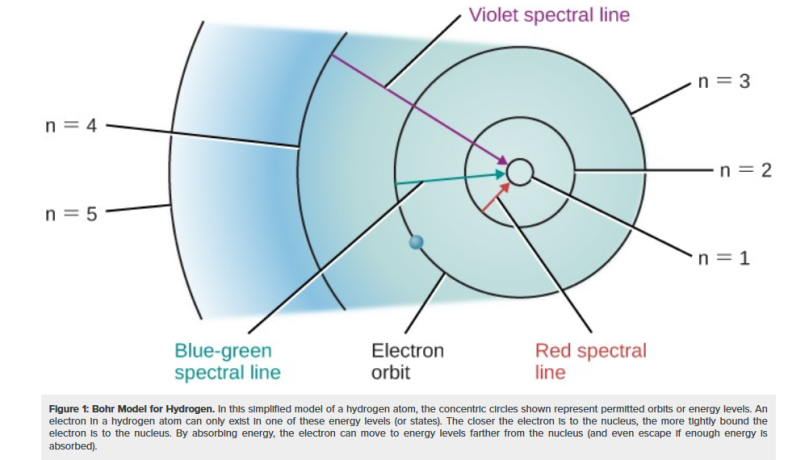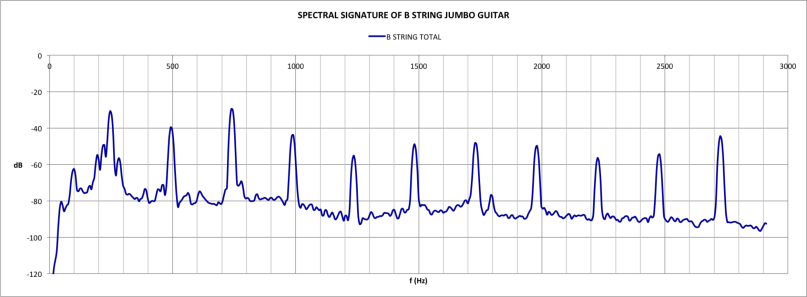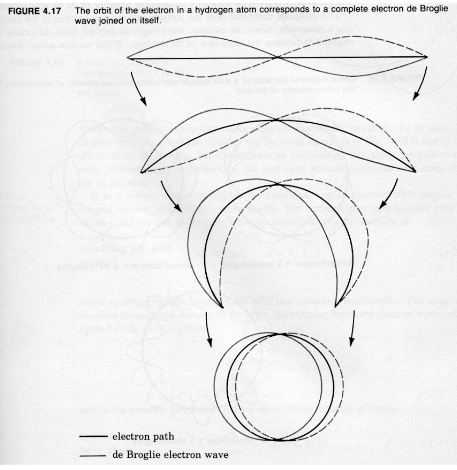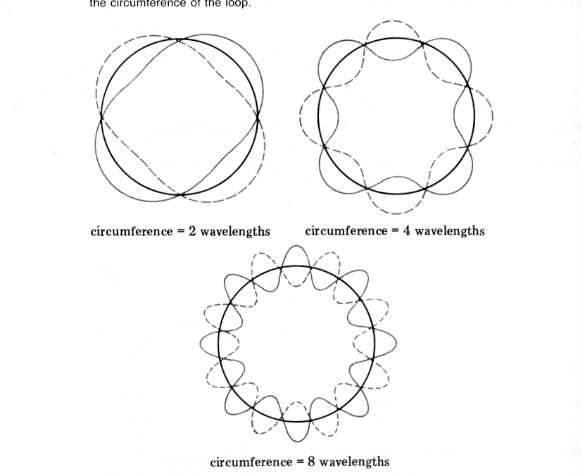If you excite an atom (heat an amount of salt, i.e. Natrium) it will only emit light at certain frequencies.

This puzzled a lot of physicist at around 1900 and was one of the first clues of how the atom works.


Analogy to guitar string:
If you pluck a guitar string you get the following frequency distribution. An example

As you can see there are also ‘spectral lines’. These correspond to the harmonics of the fundamental frequency, i.e. multiples of the standing wave.

The similarity with the atom is like so:


Blackbody problem
I was first wondering if you could simulate an acoustic body by plucking a guitar string. This is not the case. However, just as Planck solved the blackbody problem with suggesting that in the blackbody there are oscillators only allowed to oscilate at certain frequencies you can model an acoustic blackbody theoretically. If you have 100 strings of different lengths and pluck them all they should create something like a blackbody distribution. An example is pressing all the keys on a piano. What would the frequency distribution be?


The mistake here is that the teacher is focusing too much on solving the student’s problem in the present, and in the process the student’s longer term goals and desires become ignored. joneruizguitar.com
LikeLike
Can you explain what you mean with regarding this post?
Because this analogy is nice and 1:1
LikeLike